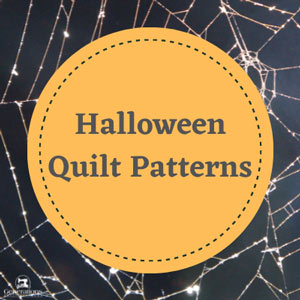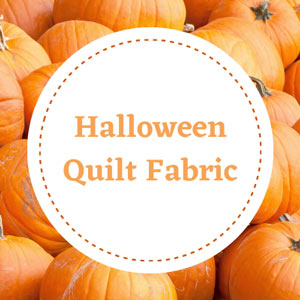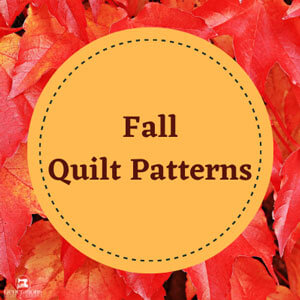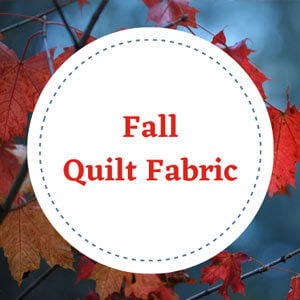This post contains affiliate links for which I receive compensation
Machine quilting with clear thread
by Melody
I am trying to quilt with clear thread but it continues to get tangled up.
Is there a special type of monofilament thread or does this just happen?
Reply:
Clear thread (either nylon or polyester monofilament) can be a bit tricky to use. However the benefit of using it to quilt over a variety of fabric colors and textures without the thread showing is worth it. It eliminates the need to change threads repeatedly during the quilting of a single quilt.But it is a different creature than our standard cotton quilting thread.
What to Look for in a Monofilament Thread
Use a quality brand like those produced by SewArt, YLI, Superior, Sulky and Madeira. If it feels like fishing line, save yourself some frustration and throw it out.The thread you choose should...
- Be fine and pliable like your hair. A soft thread will blend into your quilt top.
- Break relatively easily. Again, if it feels like fishing line, you won't like the end result.
- Not as sensitive to heat
- Won't yellow or become brittle
Harriet Hargrave, the grande dame of machine quilting with monofilament thread, swears by the nylon. Her quest with machine quilting is to mimic the look of hand quilting. In her books she notes that her quilts quilted with nylon thread have not had any problems...and these quilts are over twenty years old.
For bobbin thread, choose a nice quality 50 wt 100% cotton. This thread is soft and will play nicely with the mono.
If you're already using a quality thread, let's look at how your thread feeds through your machine.
Taming the Spool
Threading your machine will take a couple of minor adjustments. As previously mentioned, it will be necessary to adjust your sewing machine tension.A metal thread stand helps, too. The thread lifts up from the spool and doesn't twist as much as using one of your sewing machine's standard thread pins. The metal creates less static electricity (which causes the thread to stick to itself) than its plastic counterpart.
I have taped a safety pin to the right side of my sewing machine to help control the thread BEFORE it reaches the first tension guide. It's not pretty, but this small modification helps to tame my thread...there are fewer snarls at the top of the thread stand.
Now when I use the horizontal spool pin of my sewing machine for this same spool, I can quilt along with no problems. Then SNAP! The nylon thread has somehow wrapped itself around the spool pin and snapped. Using a thread stand avoids this problem.
If the thread wants to slide off the spool and pool at the base, then try a thread net to prevent this problem.
Because it's clear, it's hard to see. If when you first start quilting and you're having problems, re-thread the machine. It seems especially easy for clear thread to slip off the uptake arm or lever.
Sewing Machine Tension
Quality clear thread stretches.Test it for yourself. Grasp a length of monofilament and tug a bit from both ends. Feel the stretch or give? Now do the same with a length of cotton quilting thread. Virtually no give.
Threads that stretch create their own tension as they feed through your sewing machine to make a stitch. You must counteract this by REDUCING the tension of your sewing machine. Turn your tension dial to the left (remember..."lefty-loosey, righty-tighty" to keep it straight). I usually reduce my tension by 2 numbers on my Viking D1 and then test on a scrap sandwich, checking both the top and the bottom of the sandwich. It is possible you may need to reduce the tension setting on your sewing machine even more. Adjust and test until you are happy with the stitch quality.
For more information, check out Adjusting Sewing Machine Tension.
Needle Size
You can use a smaller needle for monofilament. I'll insert either a 70 or 65 Microtex Sharp. That way the holes left by the needle will be smaller. Clear thread doesn't fill up the holes very well. If you're uncomfortable or breaking a lot of these smaller needles, an 80/12 will work perfectly well, but the holes will be larger.I hope this has helped with your problems. Quilters seem to either love monofilament or hate it. I'm in the 'love it' group. My thread cabinet just wouldn't be complete without it.
Piecefully,
Julie Baird
Editor
Comments for Machine quilting with clear thread
|
||
|
||
|
||
|
||
|
||
|
||
|
||
|
||
|
||













